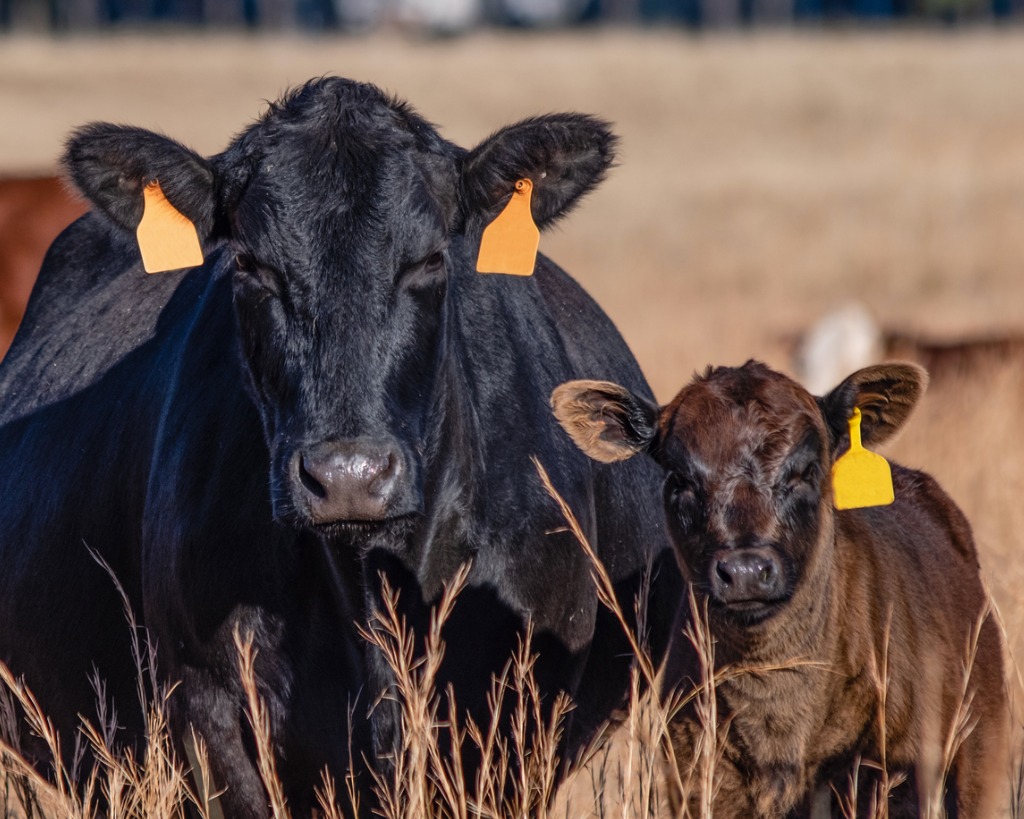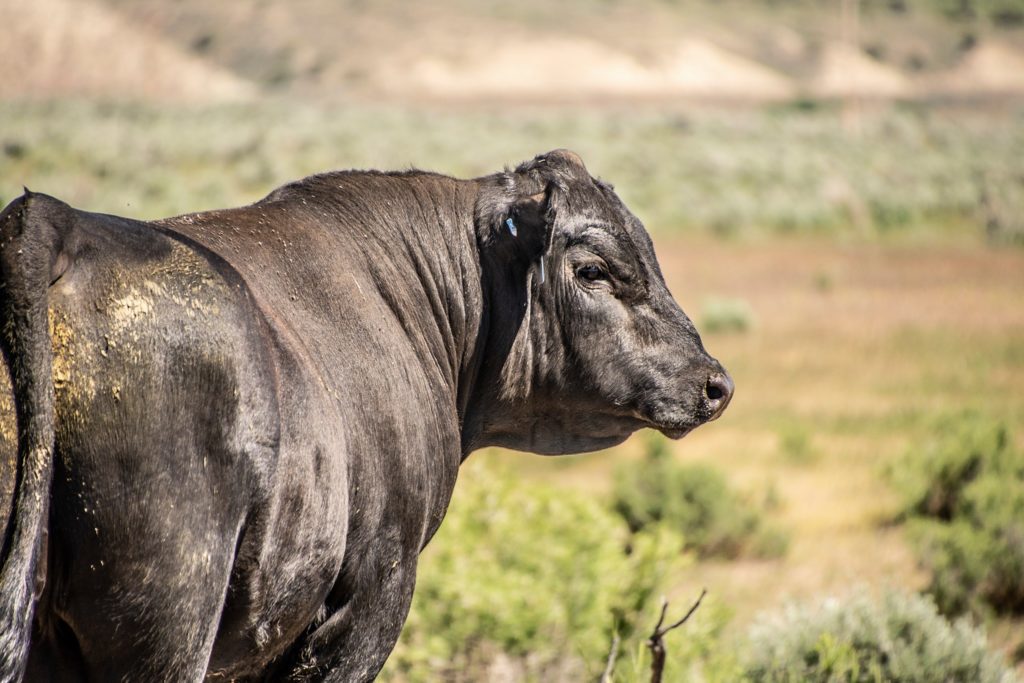Beef specialists and nutritionists often advise ranchers to wean calves at younger ages as a response to drought conditions. However, what about when moisture conditions are normal? Can weaning calves at 100 to 180 days of age be profitable?
For any management practice to be economically feasible, income must increase more than expenses, or expenses must decrease more than income declines. Almost by definition, early weaning results in lighter calves that will gross fewer dollars (unless ranchers retain ownership), so for this practice to make sense as a routine management tool, there must be some cost savings captured or some positive effect on calf crop and reproduction.
Feed Consumption Impact
There is an excellent reason why ranchers use early weaning as a drought management tool; weaning calves early reduces the amount of feed required to maintain the cow. Ending lactation reduces the cow’s nutrient requirements and dry matter intake compared to when she is nursing a calf, even during late lactation. Calves consume approximately 2.0 to 2.5% of bodyweight of dry forage; weaning early eliminates that forage demand as well. The combination of these two factors results in 30 to 40% less daily forage consumption.
Research conducted by SDSU demonstrated that weaning calves 90 days earlier cut forage disappearance by 36%, or 18.9 pounds per head per day. That equates to an additional 1.1 AUM in additional grazing available to the ranch. Depending on the local grazing market, that additional supply of grass could be worth $30 to $50. Ranchers can capture that value by adding livestock numbers, cutting harvested feed costs by extending the grazing season, or by providing an additional level of insurance in case of drought.
Cow Performance Impact
Weaning calves earlier is a very effective tool to increase body condition score in cows. Cows typically gain body weight and increase body condition scores when not nursing calves. The economic value of increasing cow body condition depends on improvements in reproduction or reductions in winter feed costs.
The effect of early weaning on reproductive success depends largely on cattle management between weaning and the following breeding season. Research results from the SDSU Cottonwood Research Station showed that early weaning improved AI conception in mature cows that were fed an energy-restricted diet after calving the next year, but had no effect if the cows’ diet was adequate (Table 1). These results suggest that weaning calves from mature cows early will improve reproduction only if post-calving nutrition or environment stress negatively affect cow weight and body condition before the breeding season.
| Post-calving nutrition | ||||
|---|---|---|---|---|
| Weaning Date | Sept. 14 | Oct. 23 | Sept. 14 | Oct. 23 |
| 21-day AI Pregnancy % | 70 | 35 | 77 | 70 |
| Average Conception Date | June 26 | July 3 | June 25 | June 26 |
| Pruitt, R.J. and P.A. Momont. 1994. Effect of weaning date on performance of beef cows. SDSU Beef Report, CATTLE 94-11 | ||||
Improving body condition could have greater value in young cows by reducing the risk of these cows failing to re-breed, especially if they are thin. Young cows are at the greatest risk of culling due to reproductive failure making this strategy worth considering if pregnancy rates in young cows have been historically low.
Economic Considerations
Some methods to increase the chances of making money by weaning early include:
- Make sure that any feed savings are captured in the production system. Profitability of early weaning is much less likely if the feed savings aren’t taken advantage of by either lowering feed costs or supporting more cattle numbers.
- Consider the impact of early weaning on calf performance. Late season grazing is often low quality, which could negatively affect milk production and calf gains. Early weaning may be a more cost effective method to boost calf performance compared to other tools such as creep feeding.
- Keep total feed and yardage costs in line to minimize cost per pound of gain.
- Take advantage of seasonal marketing patterns. Weaning calves early allows for marketing cull cows earlier than normal and avoiding seasonal market lows.
Source: Warren Rusche, SDSU Extension Beef Feedlot Management Associate








